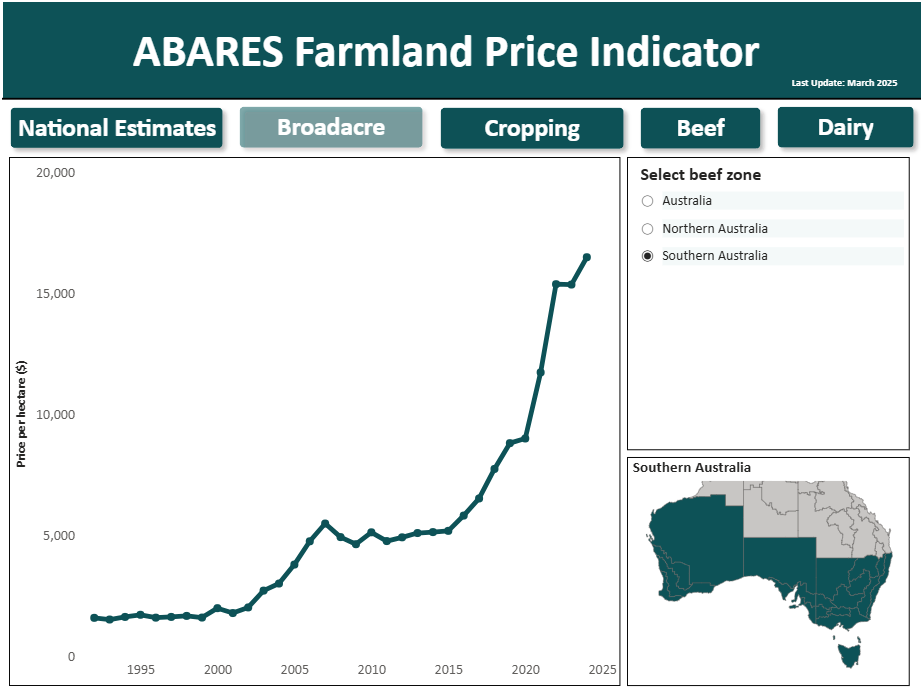Weekly Readings 30.05.25
Transmission and Distribution Cost Blowouts in Australia
A recent report by the Australian Energy Market Operator picked up significant news coverage covering the usual gamut of industry wonkery and anti-renewables outrage. The issue as outlined in RenewEconomy is thus:
AEMO says the soaring cost of new grid infrastructure means the 2026 ISP will need to re-visit transmission network projects previously identified as critical, with the exception of projects that are already committed, in a bid to limit the impact on consumer energy bills.
The question is how and why. To that end reading the Transmission Cost Forecasting report is the place to go. They provide a breakdown of components and how they are estimated as a weighted sum of more observable inflation and producer price indices.
The chart below shows the price rise by components most of which are not materially more than CPI and seem to have tracked the general surge in price levels following the end of COVID and the Russian invasion of Ukraine induced energy shock. Notable exceptions are land and property easement costs, underground and overhead lines which are running far ahead of CPI as shown below. Both entail significant civil works and labour, but property and easement costs are purely driven by land values.
Going forward the land and labour components will be the acute challenges here:
Are agricultural land values blowing up in Australia? Yes. Data from the Australian Bureau of Agricultural and Resource Economics farm portal indicates as such.
The problem is that it is very hard to tie this to farm level returns which remain meagre in cash terms according to the same data source. Something is rapidly increasing demand for land that is not tied to margins on beef cattle, sheep, diary or broadacre crops.
So, what is it?
Renewables, probably. This is remarkable for several reasons:
Baumol’s Cost Disease Strikes Again: Baumol argued that labour intensive low productivity sectors rise in tandem with high productivity sectors, but this could readily apply to land now. The productivity is mostly on the coast in services and manufacturing, but the rental capture is just as strong inland.
Paradoxical Rural Politics: Opposition to renewables can be fierce in regional Australia despite regional Australia being the largest beneficiary not only in terms of jobs and income but also capital values. The stereotypical “Pitt Street Farmer” has little to complain about.
There is a better way: Developments in agrivoltaics, vertical solar and allowing animals to graze to reduce grass levels on solar farms are all happening already. Why is there a presumption of lost land at all if there are technical solutions that provide little or no tradeoffs between power generation and agricultural output?
This land appreciation and infrastructure shakedown spiral could end as AEMO and infrastructure investors rethink how much transmission they need in light of falling storage costs. It is not hard to see how a landowner with important rights of way on transmission can extract value, but it seems that such extraction is now so large it is now endangering previous grid plans.
There is a lot more to think about here in particular how much transmission and distribution can be offset by distributed storage and solar, no doubt a great deal more coming on that in the future from AEMO. It is also perhaps a lesson in the limits of being a squattocratic holdout: sometimes the deal does not close, and you end up holding the bag of wool instead of the bag of money.
More on Gallium from the Critical Materials Innovation Hub at the Colorado School of Mines
Link here, playback disabled outside of YT. Some similar conclusions to mine: these problems are cheap to fix if you use waste streams, but the missing markets problem is as large as ever: if China exports Gallium again prices will fall hard, and ex China capacity could be lost all over again.
Solar Wars, Turkey Edition
Looks like even Turkey is losing interest in Chinese dumping in this sector.
Solar Radiation Management
Recent polling by YouGov in the UK was not unfavourable but of course there are some even better options in the tech pipeline. The trick is to bounce as much light back to space using the “atmospheric window”. A good survey paper is here. I think there is a lot more to come hopefully in optimizing the photonic properties of building materials.






Maybe I'm misreading your argument I'm unconvinced that the rise in agricultural land values across Australia is being driven in any substantial way by renewable energy development.
Surely there just isn't enough land being taken up to make any substantial difference on a national level?